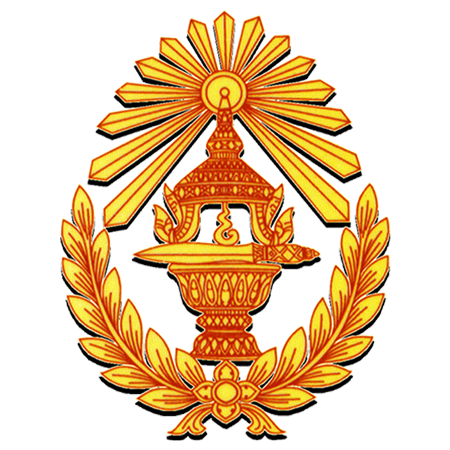AKP Phnom Penh, January 15, 2018 – “The Centre Techo Santepheap”, a building of the National Cancer Centre and New Maternity at Calmette Hospital in Phnom Penh, was inaugurated this morning under the presidency of Prime Minister Samdech Akka Moha Sena Padei Techo Hun Sen.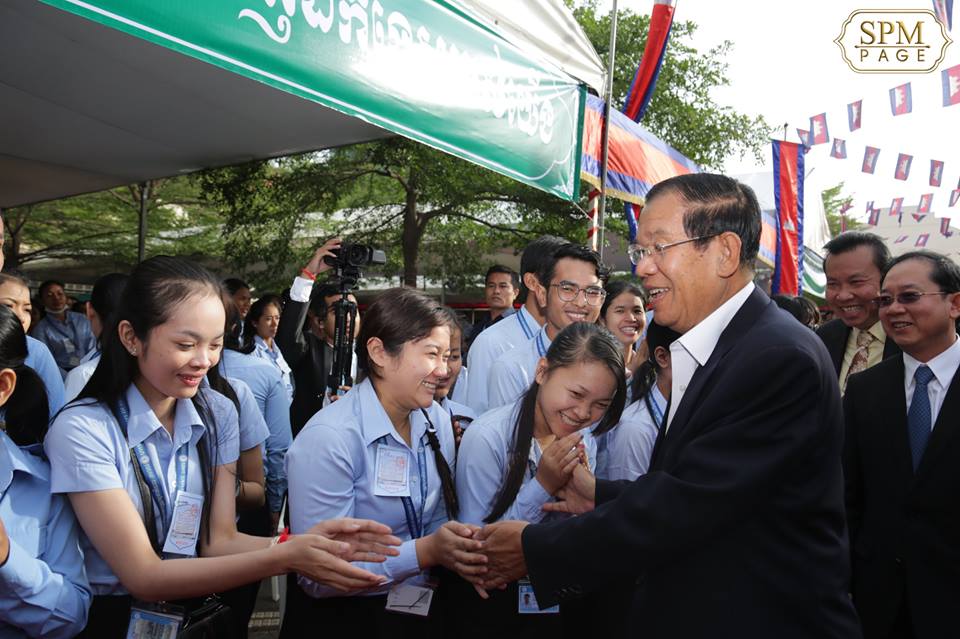
On the occasion, the premier expressed his appreciation to this new achievement designed by Cambodian architects with foreign experts. He also reminded all medical practitioners to stick to their ethical and professional conduct.
This 40.50-metre-wide and 48.60-metre-long new building of nine floors was constructed at a total cost of more than US$23 million.
Calmette Hospital is a tertiary hospital with three principal missions: quality of care, health professional education and research. This hospital offers varied specialised services related to emergencies care, interventional and surgical cardiology, neurosurgery, orthopedics, urology, cancer surgery, maternity with neonate intensive care and general medicine including hepato-gastro-enterology, cancer, neurology, pulmonary diseases, diabetes- endocrinology, nephrology- hemodialysis, infectious diseases, and rehabilitation.
Calmette Hospital was built in 1958 as a French Polyclinic and was quasi-totally destroyed during the Khmer Rouge regime, from 1975 to 1979. It became a public hospital and reopened the doors early in the 1980s with a few healthcare providers survived from the massacre. Since then, Calmette had overcome through many years of difficulties to build its human resources and technical capacities for healthcare services providing mission under the strong support of the Cambodian and French governments. With the status of one of autonomous financing public establishments for health, Calmette has been able to invest during the last twenty years in modernisation of all its clinical services, from general to specialised services and facilities supported by its available advanced technologies and notably by more and more highly experienced human resources involvement. The hospital has been playing the key role in medical professional education by collaborating with its national, regional and international health sciences universities members.
By Khan Sophirom


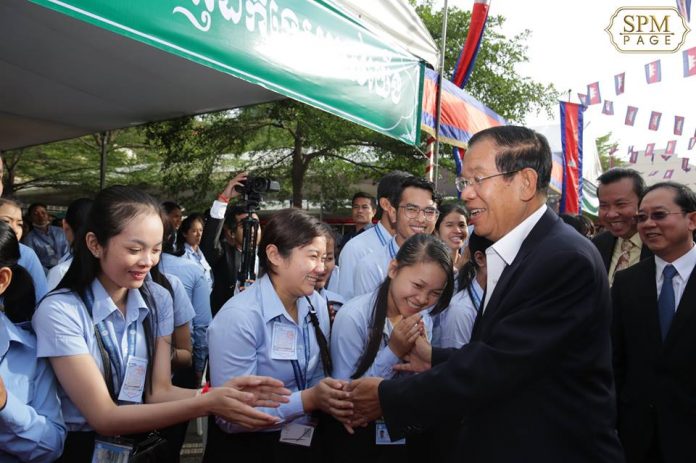
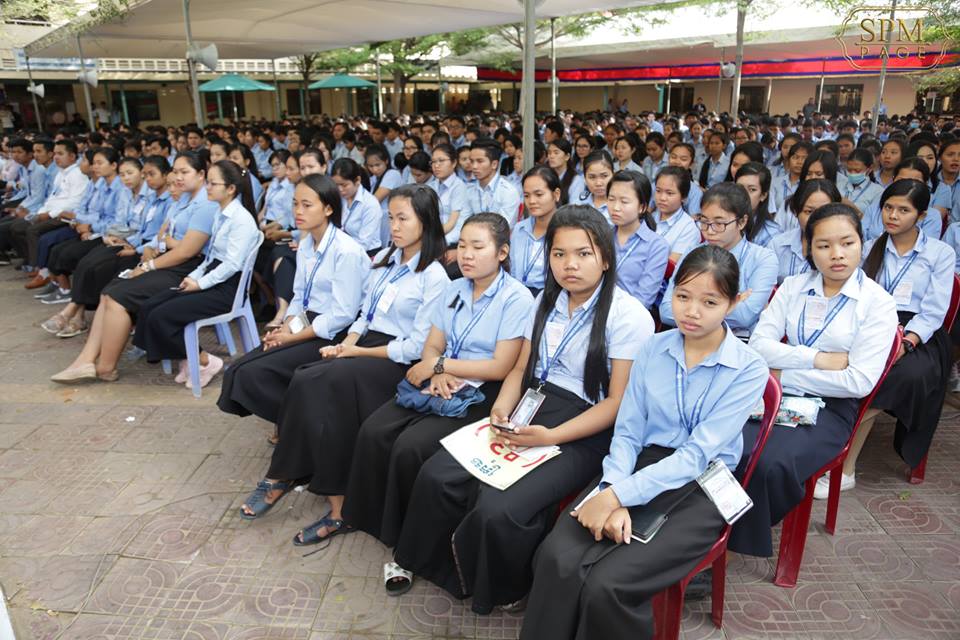

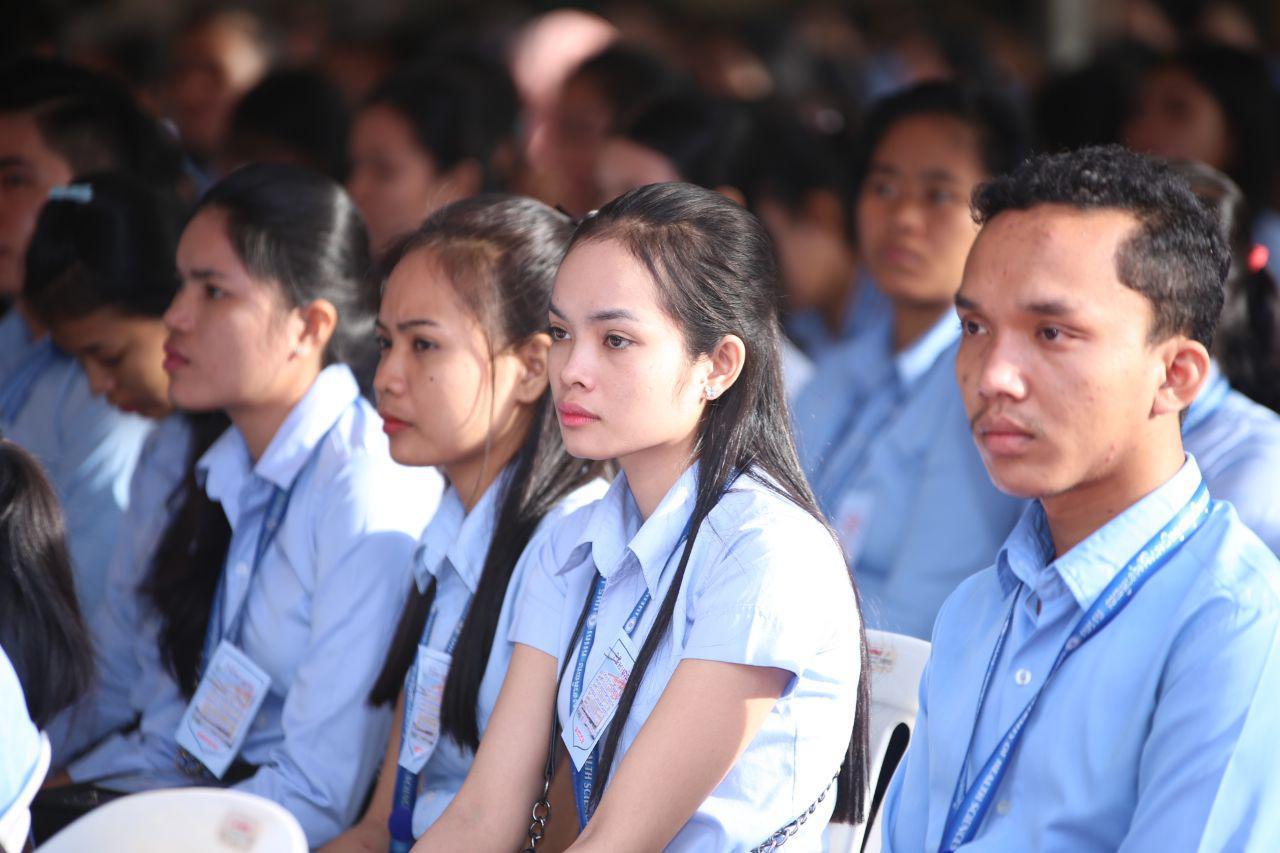



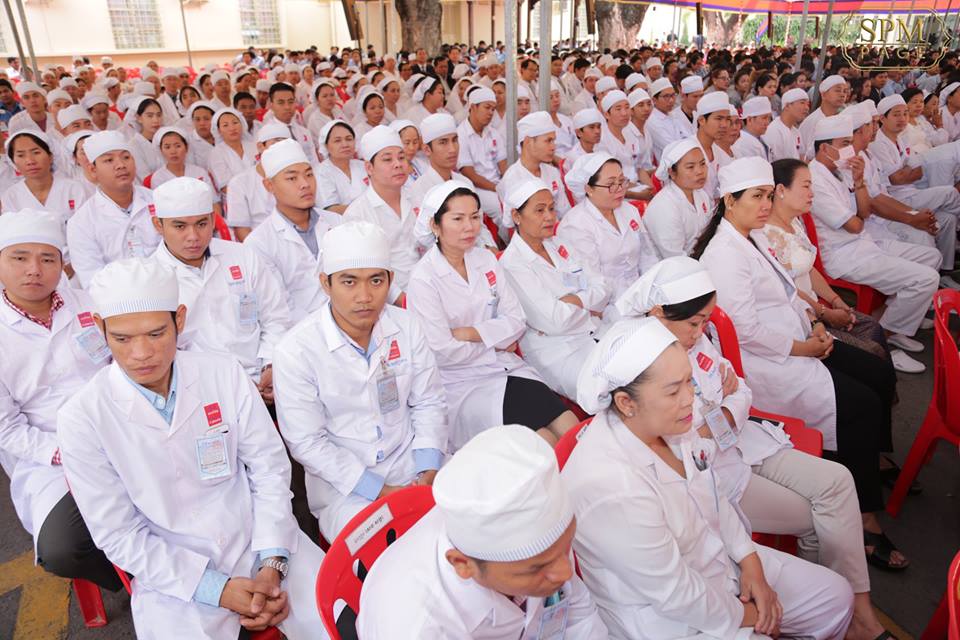
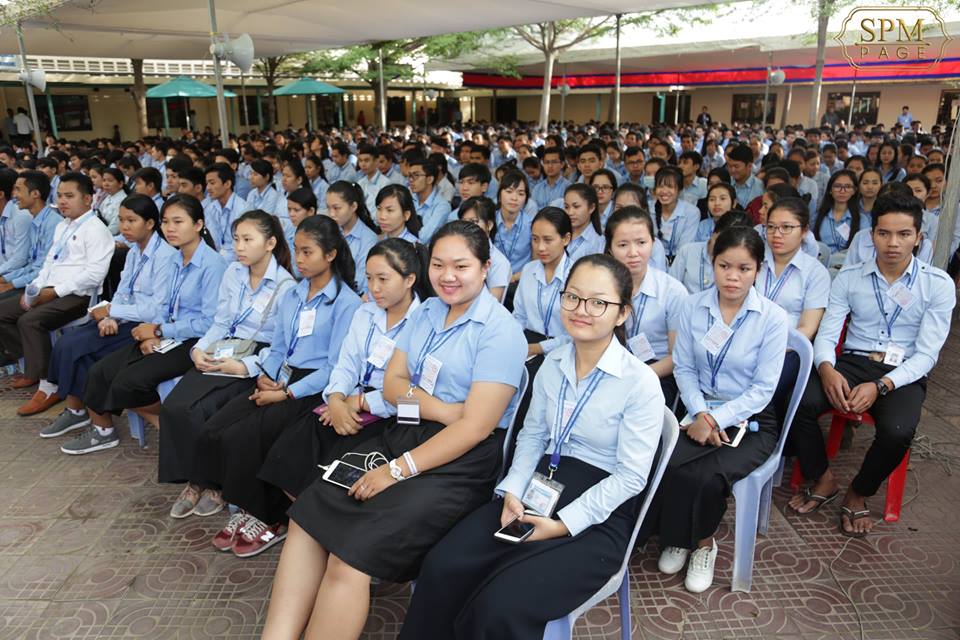
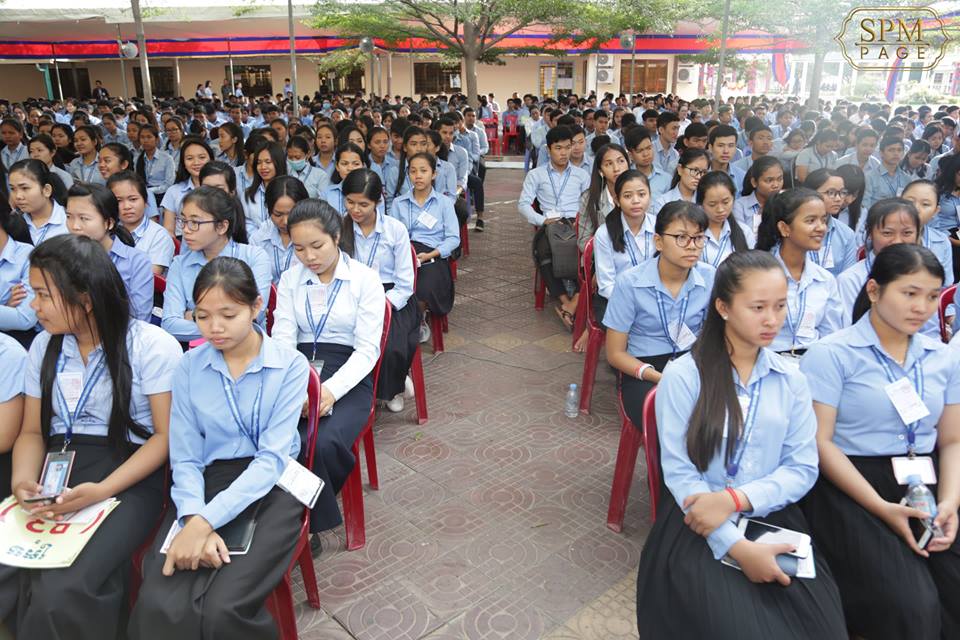

![(video) Selected Comments of Samdech Thipadei Hun Manet. at the friendly football match to celebrate the 29-December “Peace Day in Cambodia” [Unofficial Translations]](https://pressocm.gov.kh/wp-content/uploads/2025/01/SP-2024-12-29-17-48-09-0-324x235.jpg)
![(video) Selected Comments of Samdech Thipadei Hun Manet. at the presenting of certificates and diplomas to the students and fellows of the University of Human Resources [Unofficial Translations]](https://pressocm.gov.kh/wp-content/uploads/2025/01/SP_2024-12-26_09-41-19-100x70.jpg)
![(video) Selected Comments of Samdech Thipadei Hun Manet. the meeting with top students’ graduation of the secondary school exams and the level-3 technical and vocational exams [Unofficial Translations]](https://pressocm.gov.kh/wp-content/uploads/2025/01/SP-2024-12-23-09-23-08-5-100x70.jpg)
![(video) Selected Comments of Samdech Thipadei Hun Manet. at the declaration of Kampong Cham as the first province to have completed systematic land surveying and land titles distribution [Unofficial Translation]](https://pressocm.gov.kh/wp-content/uploads/2025/01/SP-2024-12-21-10-32-13-2-100x70.jpg)
